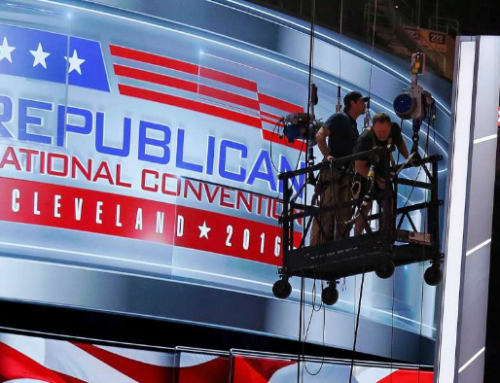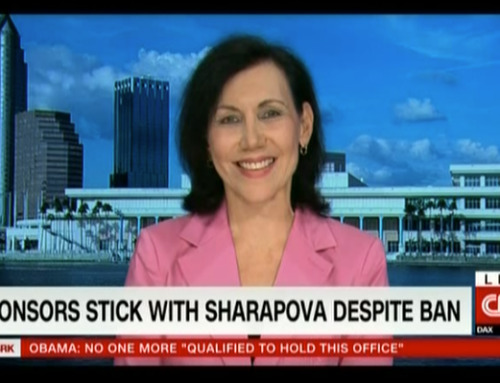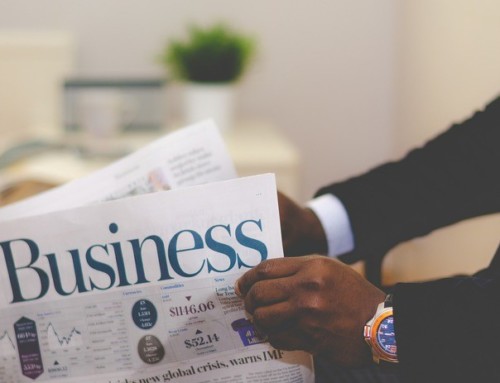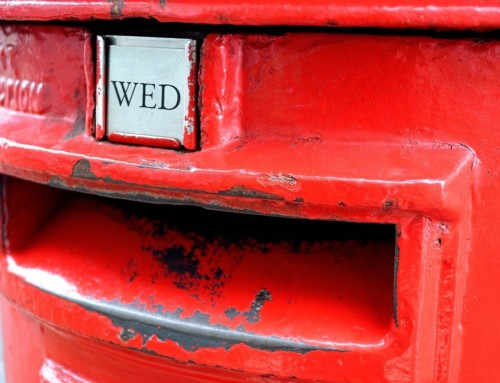Part I
I’m sure I did not make much more than a “C” grade in any English class that I survived.
Other than writing my dad’s eulogy, I never wrote much more than a paragraph until I was 39 years old.
So how did I score my first book deal Brain Tattoos with (AMACOM) American Management Association in 2004 and a second book deal, Brand Turnaround, with one of the most respected publishers in the world, McGraw-Hill, this past year?
Here are a few of the “must have” ingredients.
o An understanding of “the find a publisher” process, standards, fruit
o Good ideas that a market will buy
o A platform and voice to sell books
o Investing the time and money to hit this goal
In 2000, after recovering from a start up meltdown, I needed to reinvent myself. As a veteran ad gal/CEO, I knew marketing and branding was my calling, but after 20 years of running a company, I wanted freedom, more creating and less managing people. So I ventured off to Tampa with my new dream and business plan to become a branding speaker and consultant. Early on, I joined my industry trade association, NSA, and through networking I connected with people that opened doors and gave me guidance. I first gave boatloads of free speeches, then starting getting the business of speaking down and soon started earning some bucks. After one of my presentations, a client said they had a newsletter and wondered if I would contribute an article. I said sure. So basically I summarized my talk and it sounded pretty good. Of course it was full of minor grammar goofs, so I found an editor to clean it up. The client was thrilled, in fact they said, “Karen, you are a great writer”. To my surprise, they were right. The odd thing was, it took learning the art of speech crafting to develop my writing skills. A part of my early years hesitation was because I was insecure, while I didn’t remember much from my English class, I did recall the times my parents were not happy with “C”s.
Fast-forward, those articles that I wrote (my ideas and stories) with the polish and help of an editor was my path to my first book proposal. And thanks to my long-time friends and mentors—Jill Griffin, a loyalty author and expert and Alexis Gutzman another business writer, who I connected with online, by complimenting her work—they were the golden door openers for me. They opened the confidence door, the book agent door and the publisher door. And those doors are very important because publishers get thousands of worthy book proposals every week.
I elected to get my book published by a major publisher rather than self-publishing. Both venues have different benefits and challenges, depending on your goals.
For me as a speaker and consultant, having a major publisher adds significant credibility, distribution and additional marketing fuel. The down side of a major publisher deal is the timeline can be 12-24 months from idea to book in the stores.
So if you have an idea for a book, then your next step is to write a proposal. If you go to any reputable publisher’s site there is a basic template to follow. This 25-30 page document should include: the big idea or book concept, who the market is, an analysis of the competitive landscape, why your book will sell, your marketing platform, the table of contents and brief snapshot of each chapter, a complete sample chapter and about the author information.
From here, you can start pitching to publishers. You build your list by finding similar titles, styles or topics that they have published. But, unless you have relationships with top editors there, or you are very high profile, it’s tough to get noticed in the stack of many.
For both of my books, Brand Turnaround and Brain Tattoos, I first pitched my proposal to a literary agent. You can find literary agents on the Internet, but again relationships and referrals from them are gold. If an agent likes your idea, they do the pitching and the contract negotiations. Terms can include a cash advance, royalty commissions on books and book rights sold, (my first book was printed in the US and Korea) and promotional considerations. My advance and royalties almost doubled on my second book, and it will be printed in hard back.
My first book was a huge spring board for my speaking career, my fees tripled, it also became my best marketing tool for consulting contracts and was the vehicle that made me appealing and credible to broadcast and print media like the CBS’s Early Show, New York Times, New York Post, Fast Company to name a few, which have all been great fun and an awesome adventure.
So this blog post doesn’t become a book on line, (it’s getting kind of long) I’m going to sign off and post the 5 lessons tomorrow.






